Creating Window Light with Strobes with Michael Corsentino
Want more information on this article? Get access to video content and additional supporting images. Launch the September 2017 issue of the magazine by logging in or signing up for a free account. Shutter Magazine is the industry’s leading professional photography magazine.
Nothing beats window light. It’s broad, diffuse, indirect, soft light that’s flattering to anyone in its path. But what do you do when the sun has set, there is no window or Mother Nature isn’t cooperating? With the right tools and techniques, you can re-create it.
I’ve seen this sun-drenched looks-like-daylight-but-isn’t look used often in Gap ads. The light created for these images has the open, airy quality you get from daylight streaming in through a large window. It’s perfect for Gap’s brand.
I’ve always loved this quality of light and wanted to use it in my own work. How they did it was the big question mark. I did what I always do when I’m trying to decode or reverse-engineer how an image was lit. I grabbed similarly lit images on Google and began my detective work, looking at the direction the shadows were coming from and zooming in on the catchlights in models’ eyes for clues about the light sources and modifiers used. After exhaustive research, I had some clues but no clear answers about how these images were created.
I reached out to friend and fellow commercial photographer Jeffry Salter, who clued me in on the essentials. Never be afraid to reach out to people. You might end up connecting with someone willing to answer your questions or point you in the right direction. People are often more willing to help when they know you’ve done your homework and aren’t asking to be spoon-fed their hard-won secret sauce.
Having a previsualized lighting concept allows you to create a plan of action and create a roadmap to get there. This way of working gives me results that are always better than just flying blind. Start by asking yourself what quality of light you want, and then figure out what tools and techniques you’ll need to get there. You always achieve superior images when you start with a solid plan.
The Technique
Jeffry explained I’d need to create a wall of light by fashioning an oversized DIY softbox using two 4×8-foot V-flats, an 8×8-foot scrim and four strobes. Position a pair of bare strobes inside this softbox, one pair on the left and one pair on the right, and aimed toward their corners, away from the scrim and the eventual position for the model. In this arrangement, the light from the strobes bounces back off the V-flats, hits the scrim and becomes broadened and diffused, creating a gorgeous, even, soft wash of illumination resembling window light.
The Tools
I made the two studio staples known as V-flats from two 4×8-foot sheets of foam core that were white on one side and black on the other. The panels are lightweight, so they’re easy to reposition. I tape the panels together on the long end along the center so each side opens like a book. You can also use 4×8-foot sheets of painted wood or white insulation panels. For the scrim I used an 8×8-foot Sunbounce Sun-Scrim supported by two Kupo Grip C-stands and Sunbounce Enterprise Grips on either side.
In order to stack two strobes on one stand in an over-and-under arrangement, I used a Kupo 3-Way Clamp (KG900412) on each C-stand. This clever piece of equipment allows an additional strobe to be supported from a C-stand’s riser. With this clamp, you can easily use two stacked strobes—one mounted on top and one supported below it using the clamp rather than additional light stands and grip arms crowded together. I also use this setup when creating blow-away white backgrounds.
DIY alternatives for the 8×8 Sun-Scrim include easily sourced translucent fabric or everyday shower curtains supported by a frame made from PVC pipes. Westcott’s Scrim Jim is a good option, and can be rented. Don’t focus on the gear you don’t have; focus on the techniques covered here and improvise where needed. I used shower curtains for years.
For the strobes I used four Profoto Pro Heads powered by two 2400WS 7A generators and two heads per pack, with the power split evenly between each head and equal power settings on the left and right sides. Equal power provided the coverage I needed. A 1/8 power setting on each generator provided more than enough juice to get the job done at f16. Lower-powered 500WS mono heads would make a fine alternative. So would handheld flashguns (requiring higher ISO and wider aperture).
Since the light created using this method is broad and diffuse, an optional beauty dish can be employed to create additional localized contrast on the subject’s face. I set up a Mola Softlights Demi beauty dish (see the alternate lighting diagram), but ended up not needing it.
The Shoot
With the V-flats, strobes and scrim positioned, I angled the entire arrangement toward the model’s eventual position to create a beautiful raking side light with plenty of soft wrap. As you can see, this created the bright, crisp, light-drenched look I was after.
I knocked out a few quick meter readings and we started capturing and reviewing images on the studio’s tethered shooting monitor. I added a 4×6-foot Sunbounce Pro white reflector on the opposite side of the keylight to open up the shadows on the left side of the model. I was pleasantly surprised that this cool DIY wall-of-light setup provided enough light to create a nearly white backdrop without a separate set of lights.
With our lighting nailed down, we did a black-and-white conversion in Capture One Pro 10 and then proceeded with the rest of this fruitful shoot.
Grab a set of V-flats, a scrim or a couple of shower curtains, and a bunch of lights, and try your hand at this awesome lighting technique. I’m betting you’ll love it as much as I do.

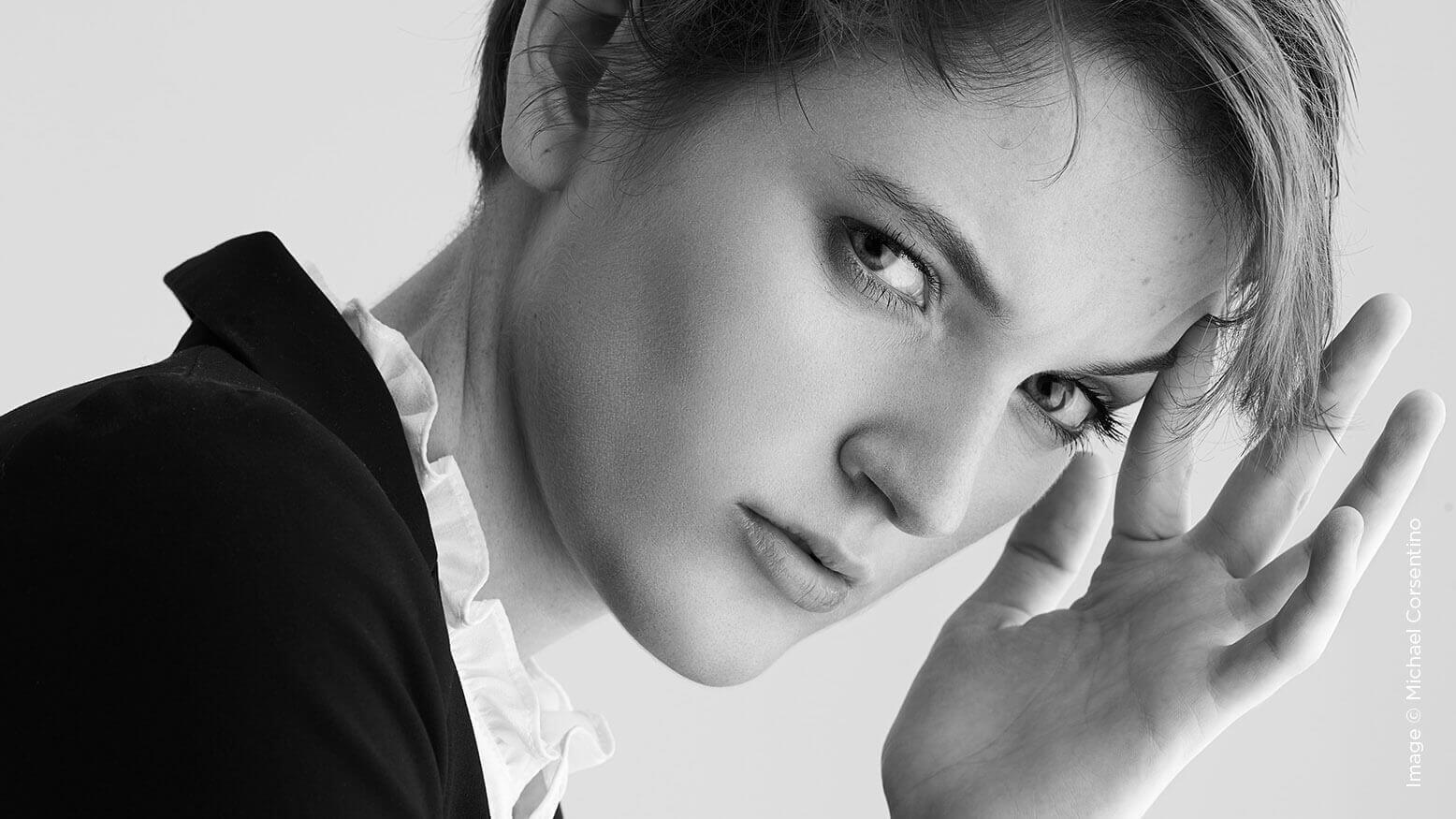
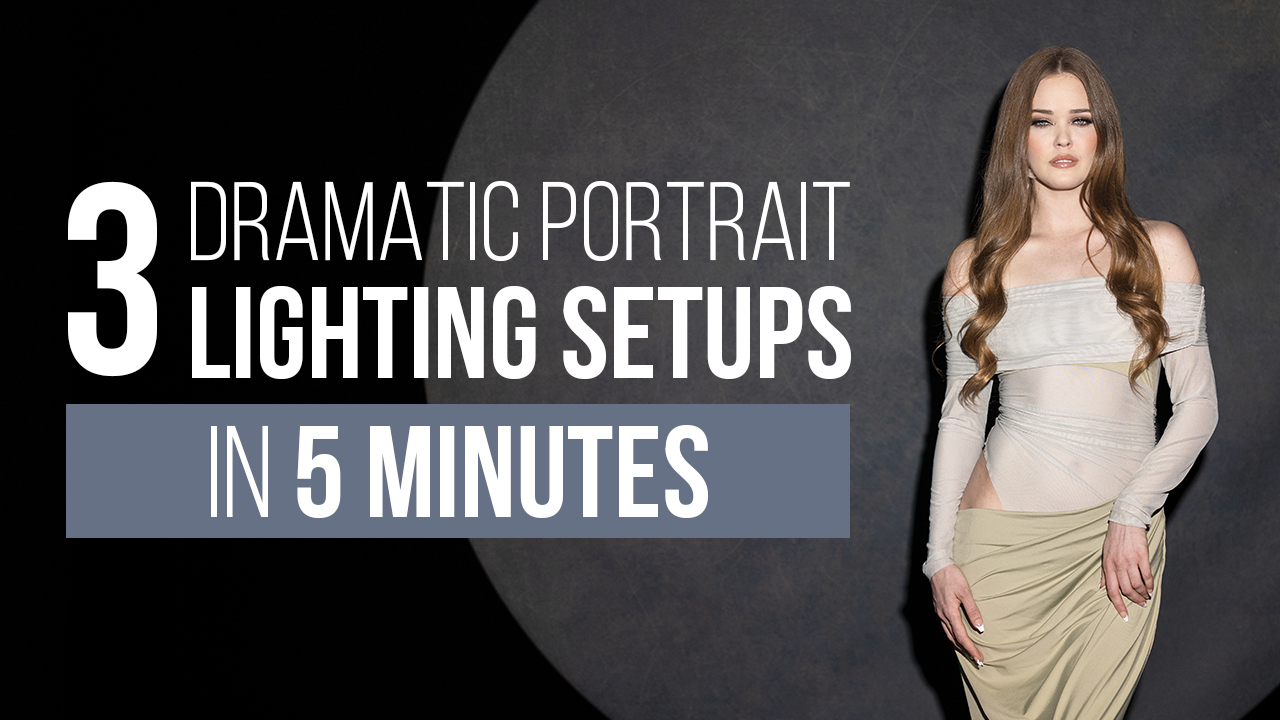


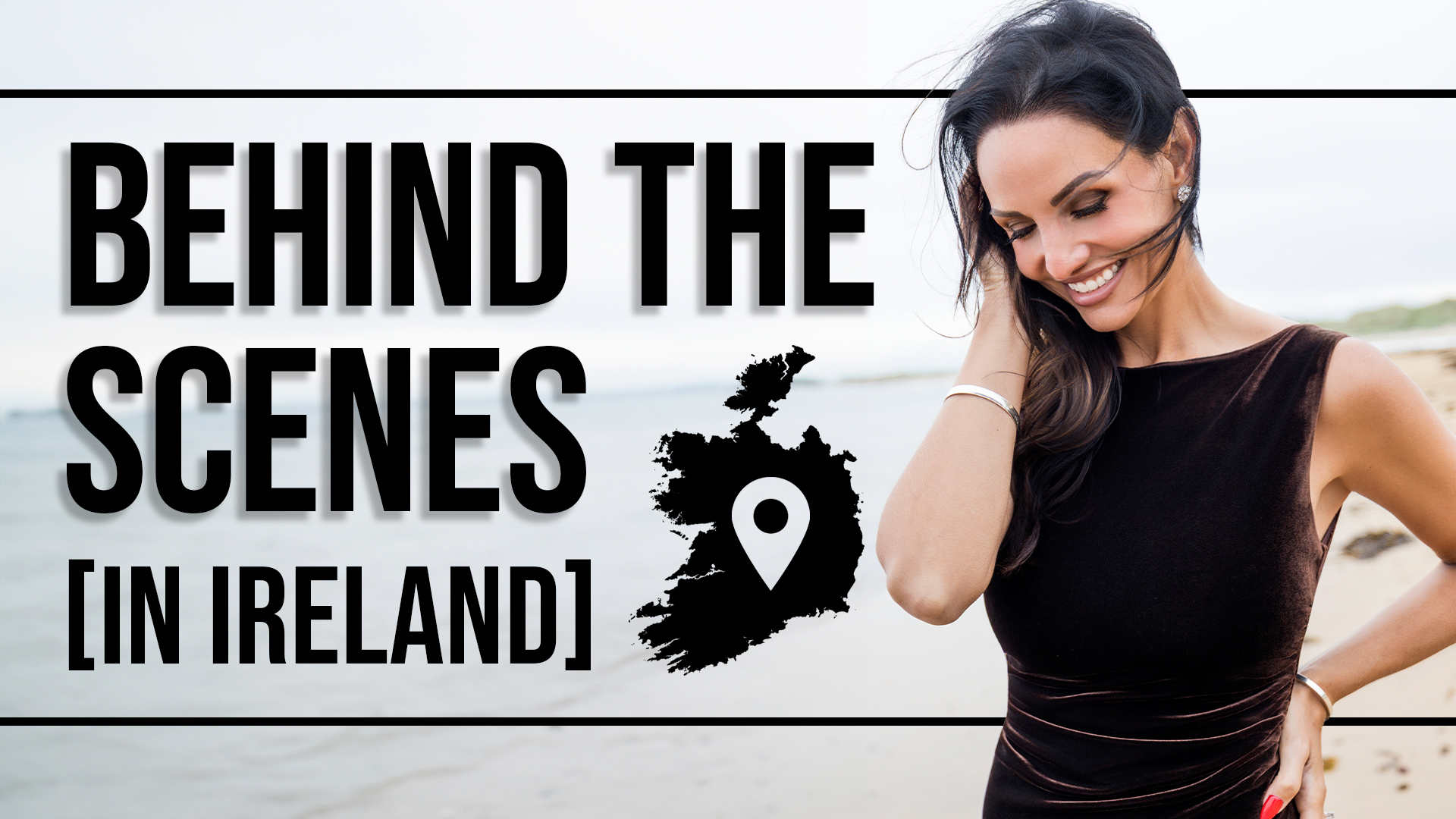
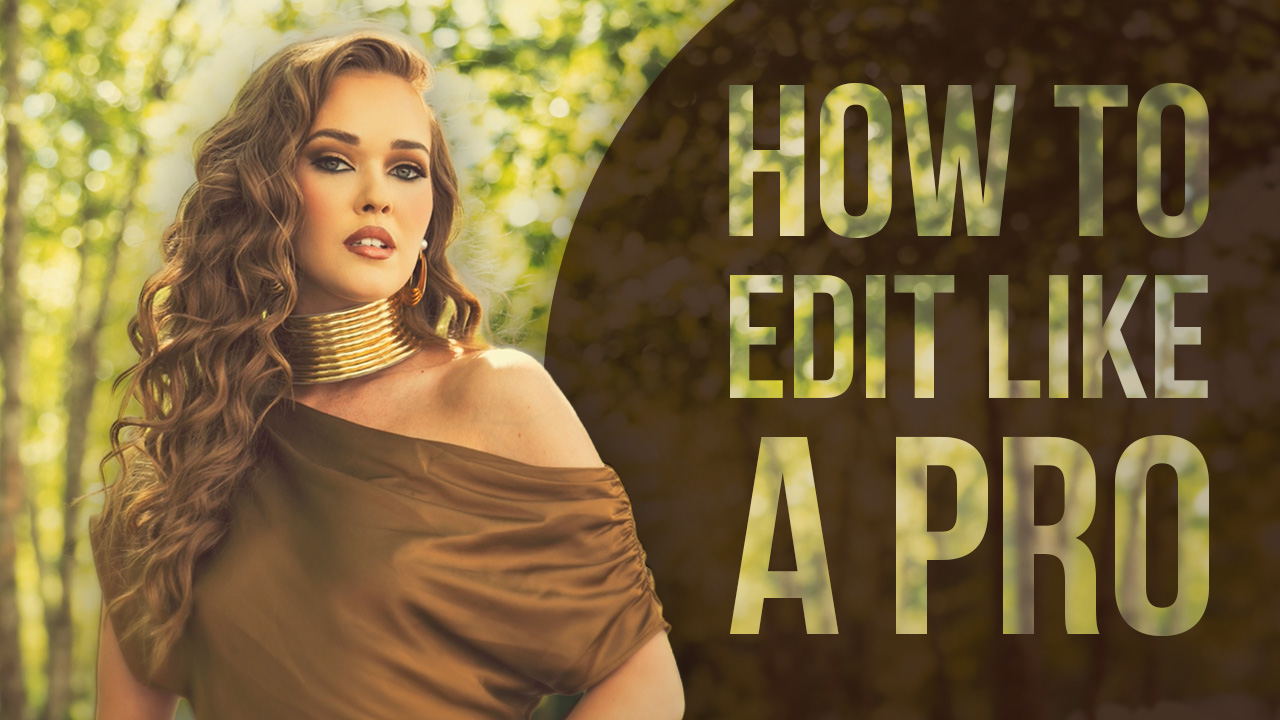
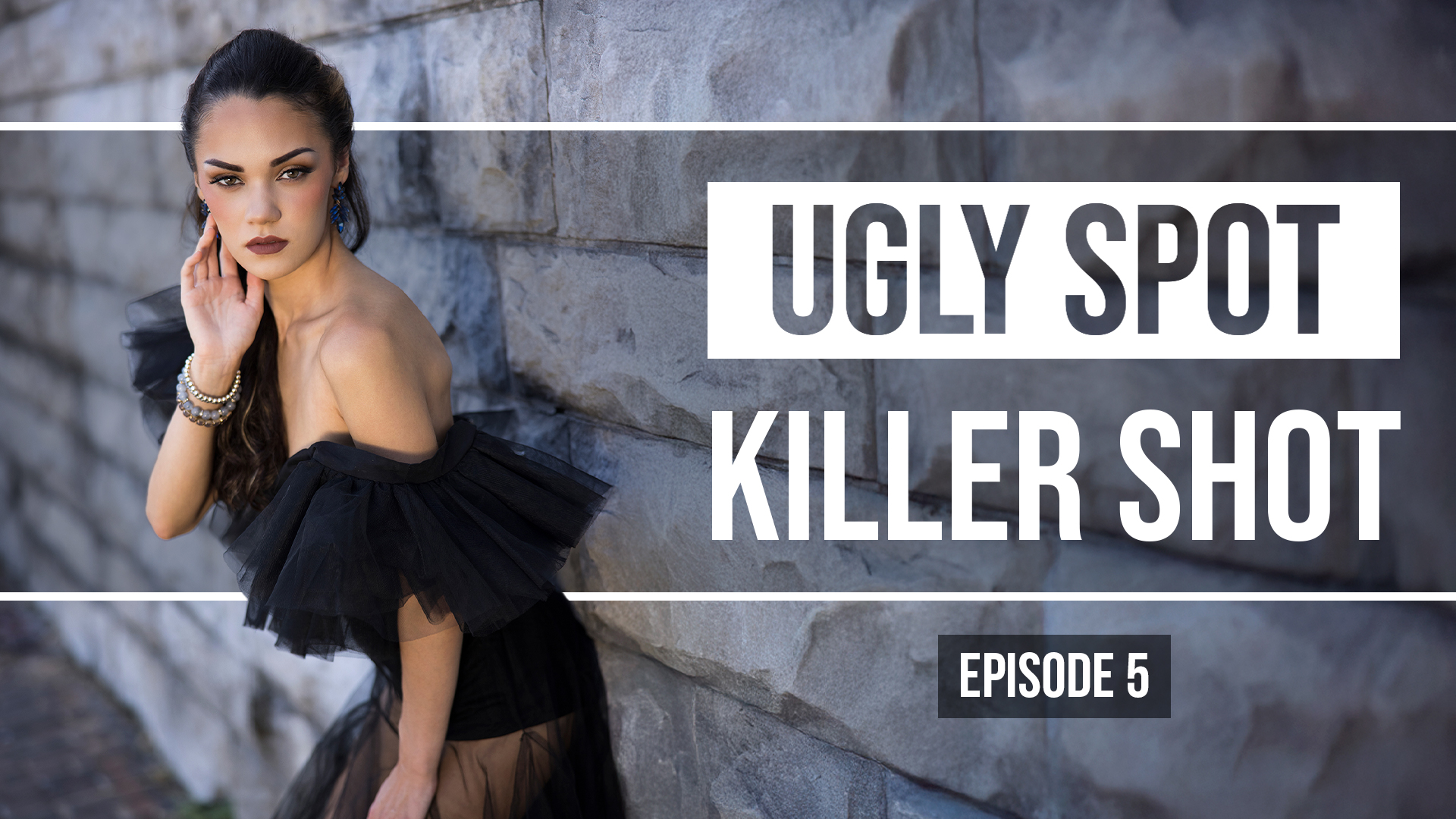

This Post Has 15 Comments
You clicked and opened thus article to it or educate yourself.
Be grateful that you at least received some knowledge.
And if it didn’t have a diagram, suck it up.
People always complaining and complaining instead of simply being grateful.
You’re straight up pathetic.
Instead of better lighting technique, I believe you should add some lightning in that little brain of yours.
no worries… just sayin… did you log in per the site and launch the magazine? being a blog… reading sometimes helps too. 🙂
it would be nice if you had a diagram of the setup!
per the article… did you log into and launch the magazine to see the additional and supporting images? not sure what else we can do on our end.
Thanx very much! There was a diagram of the setup in the article.
Guess you guys don’t allow comments that are critical of the article I see.
so whats this? ^^
A comment made 2 hours after my initial comment which are apparently moderated which were not approved until until nearly 9 hours after the comments were made.
i’m sorry… are we talking about anything here or just complaining to complain? now, we have to explain to you why or if we moderate comments? why is this bothersome to you? enjoy the free article. or let us know where to send the refund for your troubles here.
I see you graduated from the Amy’s Baking Company school of customer relations.
james – we are not a baking site. we are a photography education site. there are many baking sites online – check out google for best results. if its not too forward, perhaps a wine site would be more appropriate for all the whining going on.
You cannot possibly be this freaking clueless can you?
Google search Amy’s Baking Company.
Also, google search your website on reddit, cause your gonna be there.
now you are threatening to put us on reddit? wow. you are such a bully. and super tough too. like a child not getting their way. hey reddit… i am mad… and i am going to write bad things about this site because they dont like what i have to say… and they moderate their comments… and that makes me sad. i mean… they are giving me free content… but i am not mad about that… i am just mad because they dont post my insightful comments immediately. who’s with me? let’s burn their house. …
Nah, I promised to put you on reddit, and I did. And I don’t have to write a thing, your own horrific customer service is doing all the work for me.
thank you for being a man of your word. truly a stand up guy.